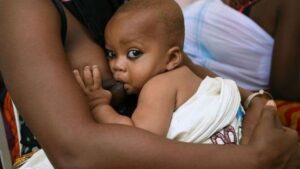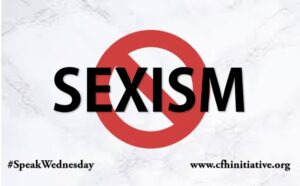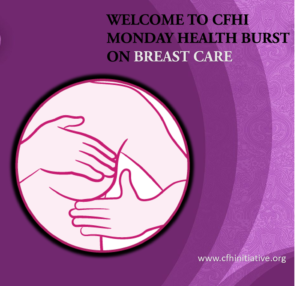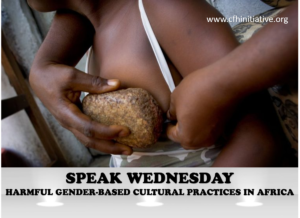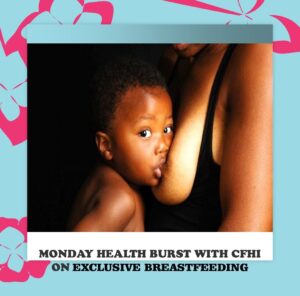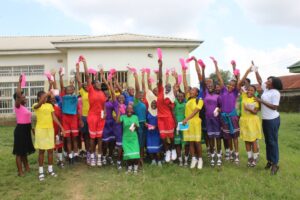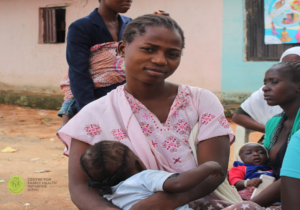MONDAY HEALTH BURST
MOTHER TO CHILD TRANSMISSION OF HIV DURING BREASTFEEDING
Human Immunodeficiency Virus (HIV) is a virus that attacks the body’s immune system and is spread through the blood and certain body fluids, including breast milk. Mother-to-child transmission of HIV is the primary mode of HIV infection in infants. If neither the mother nor baby is on consistent HIV treatment, there is a high chance that the baby will be infected through breastfeeding.
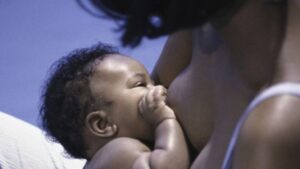
Several factors can increase the risk of perinatal transmission. Having a high viral load implies that the white blood cells (CD4) which provides immunity to the body is low. A viral load indicates how much of the HIV is present in the body of an infected person. A high viral load may mean a recent HIV transmission, an untreated or uncontrolled HIV. Positive pregnant women and breastfeeding mothers with a CD4 count lower than 200 are at a greater risk of transmitting the virus to their infants.
HIV screening is essential during antenatal appointments at any health centre to ascertain the HIV status because the earlier the virus is detected the better the chances of living longer and enjoying a normal life. Test should also be repeated every three months and a Post Exposure Prophylaxis (PEP) should be received if exposed to an infected blood within forty eight hours.
Accumulating evidence has also shown that giving antiretroviral medicines to the mother or the infant can significantly reduce the risk of HIV transmission through breastfeeding. Antiretroviral prophylaxis should be made available to HIV infected mothers and mothers-to-be in all health settings and should be administered to HIV exposed infants immediately after birth. The duration for antiretroviral care and treatment for the infant is dependent on the mothers’ choice of feeding either exclusive breast feeding or replacement feeding. However, World Health Organisation recommends HIV infected mothers to only do exclusive breastfeeding except replacement feeding is acceptable, feasible, affordable, sustainable, and safe. Mixed feeding on the other hand is strongly discouraged as a breastfeeding option for reactive mothers.
All exposed infants should be tested for HIV at birth, at six (6) weeks and eighteen (18) months. This is done to monitor the HIV status of the newborn.
Monday Health Burst is an initiative of Centre for Family Health Initiative (CFHI) to tackle issues of basic health concerns. Join us every Monday for more health related articles on all our social media platforms.
MONDAY HEALTH BURST Read More »


